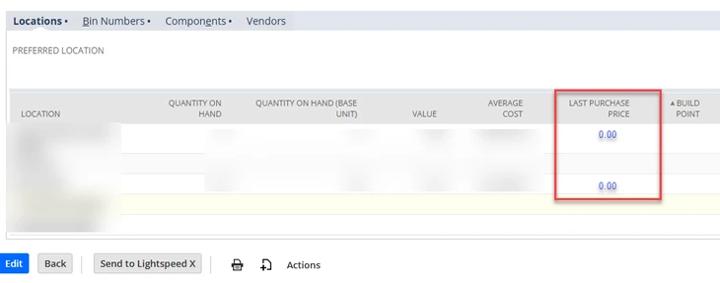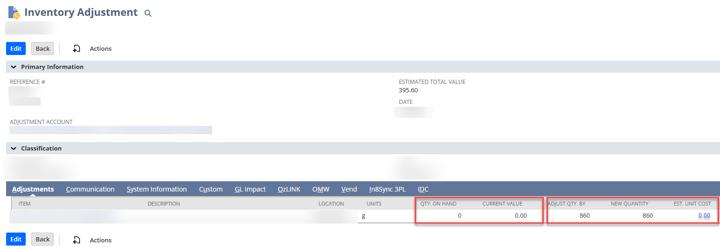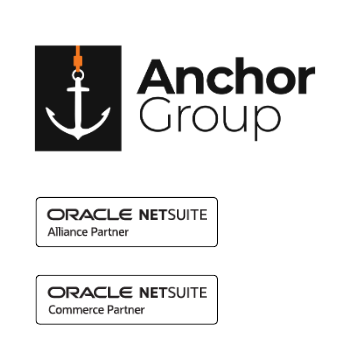One of our clients discovered that there was a large amount of inventory with a value of $0 in their NetSuite system.
Selling inventory with no value will create incorrect COGS for transactions that include this inventory. The client wanted to know how they could fix/change the value of the inventory and, if possible, have these changes affect previous transactions that included inventory with a $0 value.
What Causes This Inventory Value Problem?
Like many issues with inventory management, there can be many causes for this problem. The most common cause for inventory with no value is underwater inventory; this is the issue in the circumstance covered by this article, but it is a common cause. To learn about underwater inventory and how to fix it, see Cost of Sales Adjustment.
In this case, the solution was to update and correct the transactions (inventory adjustments) that brought the inventory into the system.
Note: This article applies to items using Average Costing.
Calculating Average Cost in NetSuite
NetSuite calculates the average cost of an item by dividing the Quantity Available by the total Value of the inventory. If large quantities are added to inventory with a value of 0, NetSuite will not be able to calculate the average cost of the inventory on hand and will set its cost to $0.
Finding the Cause of the $0 Value Inventory in NetSuite
The first thing to look for when trying to solve inventory with no value is negative inventory levels. Here are some resources that you can use to identify problem transactions.
- Review Negative Inventory page
- Inventory Valuation Detail report
- Inventory Activity Detail report
- Last Purchase Price
- In Average Costing, the Locations subtab under the Purchasing/Inventory tab of the item record should link to the transaction from which the Last Purchase price is taken.
Looking at the Locations subtab of the item record, we discovered that the transaction that NetSuite was using to calculate the inventory value was an inventory adjustment record.

Image shows the Locations subtab of an inventory item record with the Last Purchase Price column highlighted.
Users had been adjusting in large amounts of inventory with an Estimated Unit Cost of $0; the system was slowly building up inventory with an estimated unit cost of $0.

When you add to inventory levels with an inventory adjustment, you have to include an estimated unit cost because the transactions that NetSuite usually uses to calculate this information do not exist. Since the previous quantity on hand was 0, the previous value was also 0. When 860 additional units were added to inventory with an estimated unit cost of $0, NetSuite had to set the average cost of the inventory to $0.
As a result, the value of the 860 units was set to $0 and remained so until inventory was added to the system with a unit cost other than $0.
Fixing the $0 Inventory Problem in NetSuite
Users will need to create a transaction saved search in NetSuite for inventory adjustments that add to inventory levels and have an estimated unit cost of $0. These records will need to be edited, and a unit cost must be added.
Note: Simply bringing in additional inventory with a value greater than $0 will not correct the problem, but cause more inaccuracy. Average costing will distribute the inventory’s total value to all available units, so if some inventory was incorrectly valued, it will affect the value of all available inventory.
Once the adjustments are updated, NetSuite’s costing engine will automatically run and update COGS on all related transactions.
Got stuck on a step in this article?
We like to update our blogs and articles to make sure they help resolve any troubleshooting difficulties you are having. Sometimes, there is a related feature to enable or a field to fill out that we miss during the instructions. If this article didn't resolve the issue, please use the chat and let us know so that we can update this article!
Oracle NetSuite Alliance Partner & Commerce Partner
If you have general questions about NetSuite or more specific questions about how our team can support your business, contact us! Anchor Group is a certified Oracle NetSuite Alliance Partner and Commerce Partner equipped to handle all kinds of NetSuite and SuiteCommerce projects, large or small.

